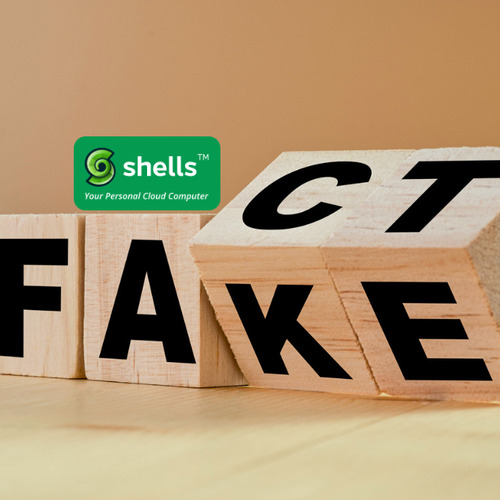By Isaac Msiska
The world of technology is evolving at an unprecedented speed with new geek concepts emerging on a much faster and regular basis. In a rush to diversify the IT platform and stay ahead of the game, IT corporations are scrambling to bring in new innovations and change the entire tech ball game. It is a ‘you-snooze-you-lose’ type of world where even the end-user needs to stay up to speed with the latest innovations or risk getting stuck with a ‘dead and buried’ technology without knowing.
One of the areas that have been receiving persistent facelifts is the desktop virtualization arena. This involves the creation of a simulated desktop environment that allows the user to remotely access a workstation on a virtual desktop and work from anywhere using any device. With desktop virtualization, a service provider is responsible for sustaining and upgrading the infrastructure, thus, relieving the user of the burden associated with that.
There are many upsides of desktop virtualization, including cost efficiency, enhanced security, access to high-performance computing, and others but that falls outside the scope of this article. The Shells blog has numerous posts on the pros of desktop virtualization that would essentially help a novice to have an in-depth understanding of the subject.
Two popular desktop virtualization technologies that are fiercely competing on a global scale are Desktop as a Service (DaaS) and Virtual Desktop Infrastructure (VDI). To a rookie who just walked into the desktop virtualization class, these two tech terms may catch him unaware. Although both DaaS and VDI are desktop virtualization techniques, they are not identical in many aspects. This is why it is crucial to be familiar with how they work, where they differ and the cost side of it to make informed decisions when opting for either.
Understanding VDI
The term Virtual Desktop Infrastructure (VDI) was invented by VMWare, a virtualization and cloud computing software company. The technology started receiving acclaimed attention in the late 2000s and quickly surpassed the server-based computing system that was popular back then. In the VDI concept, virtual desktops are run inside computer servers that are maintained on the site by an in-house IT department. In this case, the servers are located on the physical premises of an institution or organization that is operating the virtual desktops. The implication here is that the organization or institution bears the costs of maintaining the servers hosting the VDI, for instance, upgrading or replacing defunct hardware, and managing security whenever the need arises. This makes VDI fall in the expensive category.
VDI is the old-fashioned way of operating virtual desktops.
There is more; VDI is classified into two – persistent and non-persistent. With persistent VDI, each time a user logs, he utilizes a customized personal desktop layout that never changes. Non-persistent VDI kind of self-destructs once a user logs out and goes back to the original setting it was in when the user first logged in. There is no customized personal experience with a non-persistent VDI.
Getting to know DaaS
What sets Desktop as a Service (DaaS) apart from VDI is the use of cloud service to deliver the virtualization. In a DaaS setting, the virtual desktops are provided by servers that are run by cloud computing providers. As opposed to having the servers located within the premises of the user, DaaS virtual desktops are hosted away from the site, at a data center run and maintained by a third-party cloud computing company. The user simply logs in to those servers via the internet using a web browser. Look at it this way, in VDI, the virtual desktop that Jake is accessing from his living room is in a server in the second room down the hallway. Jake owns the server. But in DaaS, the virtual desktop is outside Jake’s house, a few blocks down the street and the server is owned by Michael. What makes DaaS a viable and sustainable option is that the cost of maintaining the infrastructure is the sole responsibility of the cloud computing provider. The end-user no longer has to worry about a bloated budget caused by the high costs of upgrading hardware or software or hiring a dedicated in-house IT team to manage the server. All that burden is shouldered by a separate entity. There is a hoard of advantages of DaaS including cost-effectiveness, leveraging high-end security and hardware infrastructure provided by the third parties, and a lot more which several bloggers have already written about in detail.
So, what should you opt for?
Whether you choose to go with VDI or run with DaaS entirely depends on your needs, capacity, and size. Then, of course, there are costs, security, and operation factors to consider. It is prudent to assess all angles and analyze the pros and cons of each desktop virtualization technology and weigh the results to draw a feasible option.

